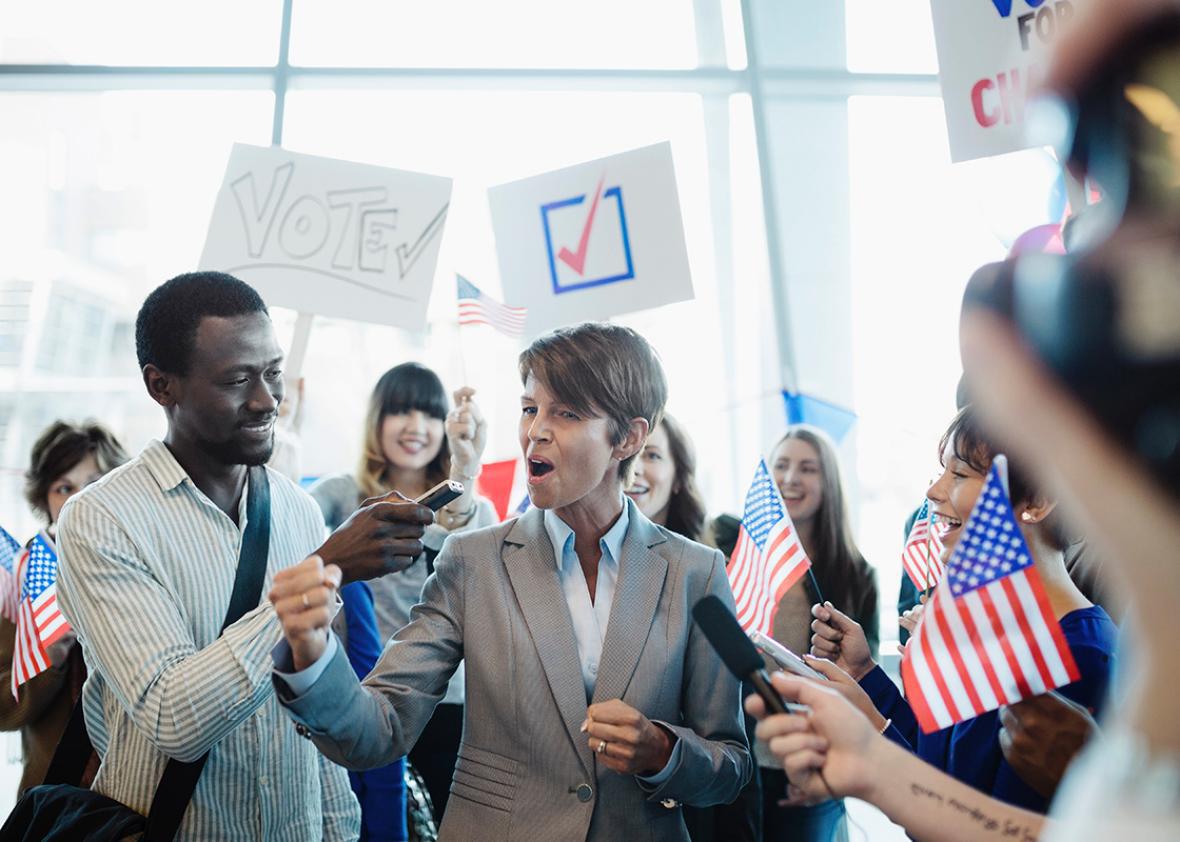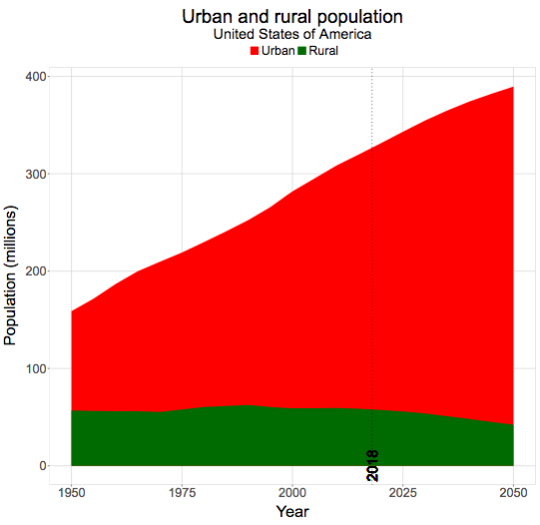This Slate article by Jamelle Bouie offers an interesting empirical account of why youth vote at lower levels and also an interesting claim about the legitimacy of voting when uninformed about issues. Two factors are offered for explaining low turnout among youth: instability experienced by many under 25 at that stage of life and a lack of confidence that they are adequately informed. The first factor is emphasized most in the article, and, as a cure, Bouie proposed reforms aimed at simplifying voter registration and voting. The second factor is addressed in passing, and leads to this provocative normative statement:
There are cultural factors too. Several … interviewees felt too uninformed to responsibly cast a ballot, which suggests a discourse that puts too high a premium on arbitrary political knowledge and not enough on knowing oneself as a political actor with a legitimate claim on the state. Perhaps more young people would vote if they knew knowledge of issues was less important than knowledge of their own interests.’
I could see having a discussion in class about this and then having students watch this video in which Jason Brennan argues against compulsory voting (by defending the normative claim that uninformed citizens should not vote):
One potential problem with this is that Brennan makes some empirically dubious claims about the effects of voter ignorance on policy and that voters do not (or should not) vote in part based on self-interest. It’d be best to go into the discussion armed with some political science research that corrects some of Brennan’s errors. (I’ll provide some of that when I get time.)






:no_upscale()/cdn.vox-cdn.com/uploads/chorus_asset/file/11833599/Foreign_born.jpg)


/cdn.vox-cdn.com/uploads/chorus_image/image/60410115/508480896.jpg.0.jpg)
